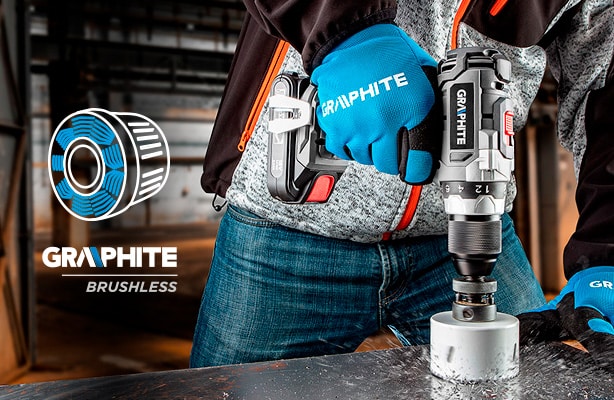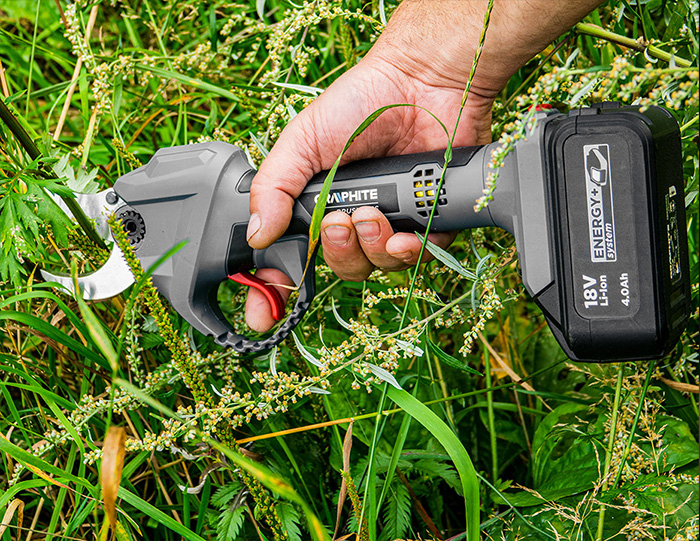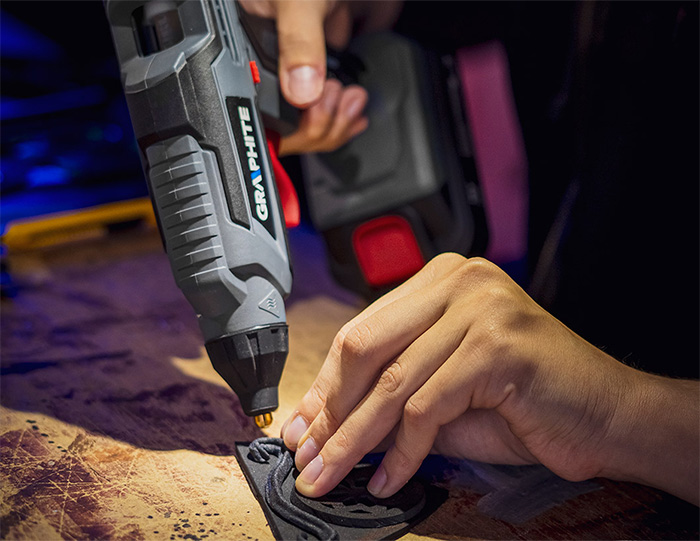The electric motor is a key component of any energy-powered device. It is responsible for generating the power (so-called mechanical energy) that is the impetus for starting work. Depending on needs and models, tools are equipped with brush or brushless DC motors (so-called BLDC motor). How do they work? How do they differ from each other? Which type should I rely on in my purchasing decisions? You will find the answers to all these questions in the following article.

Brush and brushless motor – mode of operation
Both brush and brushless motors operate on a very similar principle. Their functioning is based on the interaction of the magnetic fields of the stator or rotor. In a brush motor, the winding on the rotor has magnets attached externally – in a brushless motor, the copper winding on the stator has magnets integrated into the rotor itself.
Differences can also be seen in the design of the two types of motor. The simple analogue design of the former, versus precisely controlled current via an integrated circuit.
Motor with or without brushes?
The performance of both types of motor is significantly influenced primarily by the design, which includes brushes or rotors (rotors). Classic models are usually equipped with carbon brushes and a commutator. These two components, interacting with each other, trigger the process of magnetic field formation. However, the brushes require maintenance and, with intensive use, also periodic replacement.
In the case of the rotors, they function in an assembly with specialised neodymium magnets and bearings, where the coils are responsible for supporting an alternating magnetic field. The field acts on the magnets and sets the motor rotor in motion. This type of design is almost faultless – but does that mean it has no drawbacks?
Brush and brushless power tools
The market offers a wide range of power tools equipped with brush and brushless motors. The GRAPHITE brand has developed appliances in various categories that are perfect for the garden, construction site or woodworking workshop.
- Those equipped with brushless motors are dedicated to professionals and people who use their tools frequently. Examples include the Energy+ 18 Li-Ion professional brushless pruner 58G029 GRAPHITE or the Energy+ 36V, Li-Ion, 350 mm cutting width brushless brushless scythe 58G035 GRAPHITE.
- Devices based on the functioning of brush motors are more common and often recommended for domestic and semi-professional use. They usually perform well where value for money is important. Great examples are, for example, the Energy+ 18V cordless leaf blower, Li-Ion, 190 km/h performance 58G031 GRAPHITE or the Energy+ 18V cordless glue gun 58G040 GRAPHITE.


Advantages and disadvantages of a brushless motor
However, there is no motor that is faultless, of excellent quality, efficient and at the same time good value for money. When buying a machine, it is worth considering which features you care most about.
There is no denying that brushless motors are considered in many ways more desirable than their brushed counterparts. Why is this the case?
- Brushless motors have 20% to up to 30% greater efficiency.
- They are characterised by lower heat emissions.
- They require virtually no maintenance and are almost faultless.
- They can run longer on a single battery.
- They feature a 10x longer service life.
- They are quieter in use.
Their biggest (and only) disadvantage is, of course, the price. Tools with a brushless motor are noticeably more expensive than those with a brush motor. However, if the intensity of use is taken into account, the difference will certainly more than pay for itself.
Advantages and disadvantages of the brush motor
Appliances equipped with brush motors are widely available in every specialist shop and tool market. Surely everyone has a screwdriver or lawnmower in their home that is powered by this type of motor – perhaps even for many years. So what are the advantages, but also the disadvantages, of this type of design solution?
- In favour of tools with a brush motor is certainly the attractive price.
- They also stand out for their simple design, which is easy to understand even for the layman.
- They are easy to repair and parts are widely available.
Disadvantages of brush motors include lower efficiency and significant heat emission. You also have to reckon with replacing brushes at certain intervals.
Which type of engine will you choose?
However, the final decision is always up to the purchaser. Sometimes it is not worth overpaying for tools that will be used occasionally. On the other hand, it is worth investing in equipment that is expected to last and perform for years.
The GRAPHITE brand responds to the needs of all customers and, with a dedicated service centre, guarantees the availability of parts for up to 10 years after purchase.

